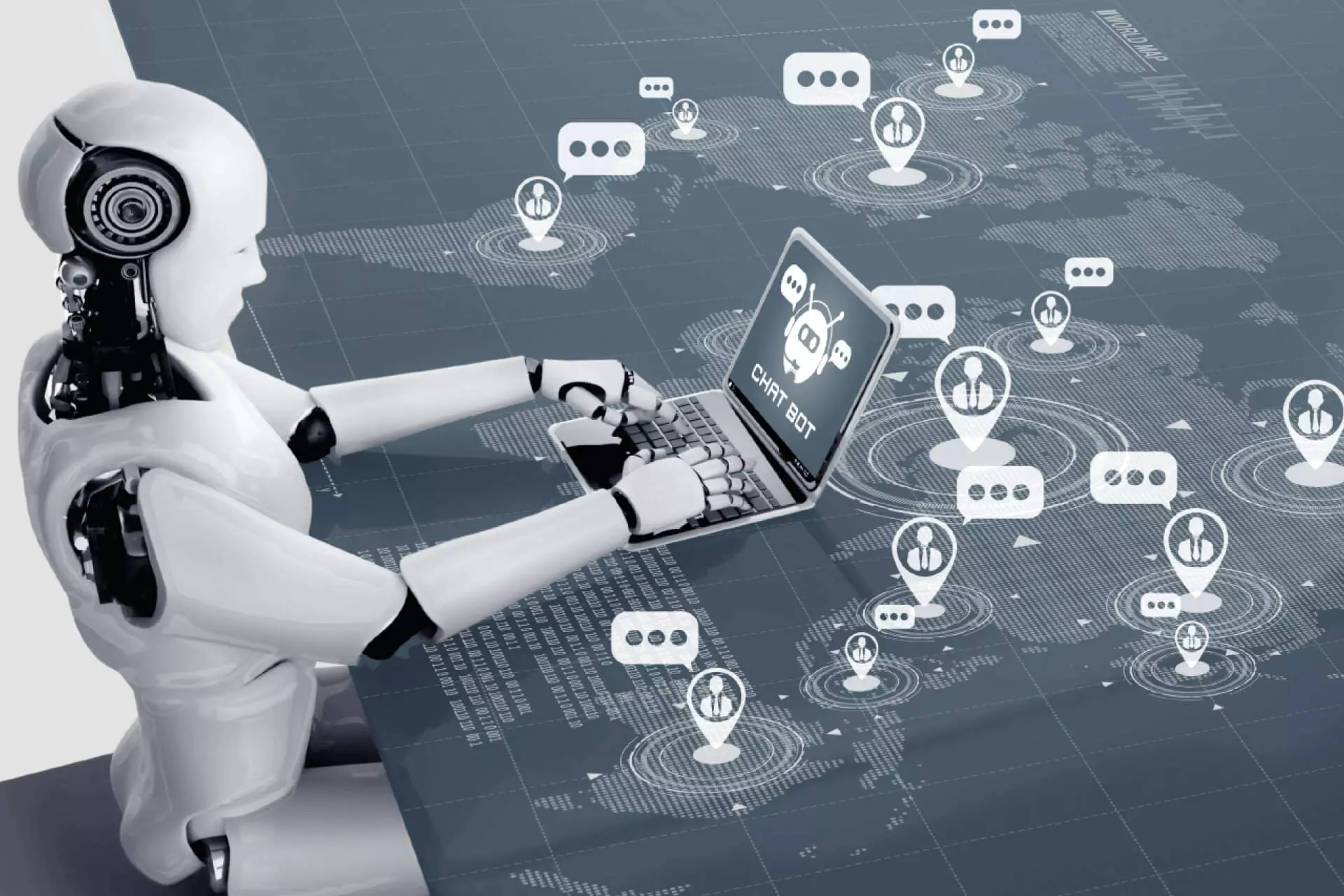In the current era of technological innovation and advancement, we have witnessed a dramatic transformation in the manner that businesses operate. Robots and automation have been employed by the major players across a variety of sectors to boost productivity, improve efficiency and gain a competitive advantage on the market. Robotics is central to this shift. It covers design as well as integration and the installation of robots across a variety of industries.
Understanding Robotics Applications
Robotics is a science-based and engineering field that focuses on the design and construction of robots and use as well as operation. Robots are devices that perform tasks either autonomously or with human supervision. They are able to execute complex or repetitive actions typically in environments which pose risks or challenges for humans.

Robotics goes beyond automation. It encompasses a vast array of applications with the aim of revolutionizing industries and improving human lives. Robots are advancing into a variety of domains from manufacturing to healthcare logistical, entertainment, and logistics. They are a wealth of creative possibilities.
The Automation Revolution: The Rise of Automation: A Paradigm Shift
Automation, particularly robotic automation, is at the core of modern industrial revolution. Automated technology has transformed the landscape of how businesses operate, optimizing processes and driving efficiency. Automation involves allowing robots or machines to perform tasks with minimal or no human interaction, while using technology to boost speed, accuracy, and productivity.
The term “robotic automation” involves the use of robots to complete tasks that were traditionally done by humans. These robots are engineered to mimic human actions and are therefore a valuable asset throughout industries. Robots revolutionize the way we work in any way, whether they’re creating products in a factory or performing complex surgeries in healthcare.
Robotic Process Automation A New Method of Efficiency
Robotic Process Automation (RPA) is an automation subset is the use of robots to automate repetitive tasks, based on rules within business processes. RPA utilizes software robots (or “bots”) to perform routine tasks, allowing employees to concentrate on the more complex and strategic tasks.
RPA has been a game changer for several industries, offering accuracy along with agility and cost-efficiency. RPA transforms workflows across various industries, from data entry to invoice processing and HR processes.
Fanuc Robots: Advancing Industries through Robots
Fanuc is one of the most prominent players in the robotics field. This leader is known for the design and integration of robots across a range of industries. Fanuc robots have a reputation for dependability, precision, as well as their versatility. They are used in a wide range of industries.
Fanuc robots are able to revolutionize the operations of industries. The robots are designed to boost productivity, increase the efficiency of operations and keep high standards of quality. Furthermore, Fanuc’s unique solutions are designed with a keen focus on enhancing safety by removing employees from dangerous tasks.
Fanuc Advantage: Boosting competitiveness
Fanuc robots give industries an advantage in markets. Integration of Fanuc robots results in higher returns on investment (ROI) because of increased efficiency and productivity. Automating repetitive and labor intensive tasks, companies can shift employees for tasks that require imagination, problem-solving, and critical thinking, eventually fostering innovation and growth.
Furthermore, Fanuc’s automated solutions are tailored to meet the unique requirements of different industries. Fanuc’s ingenuous approach to developing and deploying robotic solutions enables industries to quickly adapt to market demands that change to stay ahead of market and sustainably grow.
The Future is Here: A Look
Automation and robotics are expected to keep growing as technology advances. Future developments could include improved artificial intelligence, higher-quality sensors, as well as greater cooperation between robots, humans and other machines.
Conclusion: The integration of robotics with automation, including Robotic Process Automation (RPA) and Fanuc Robots, transforms industries and takes them into the future century. The gains from robotics allow firms to not only excel in the current competitive environment, but also to explore new avenues of technological innovation. As we are at the threshold of a new era, the impact of automation and robotics will certainly continue to shape the world we live in.